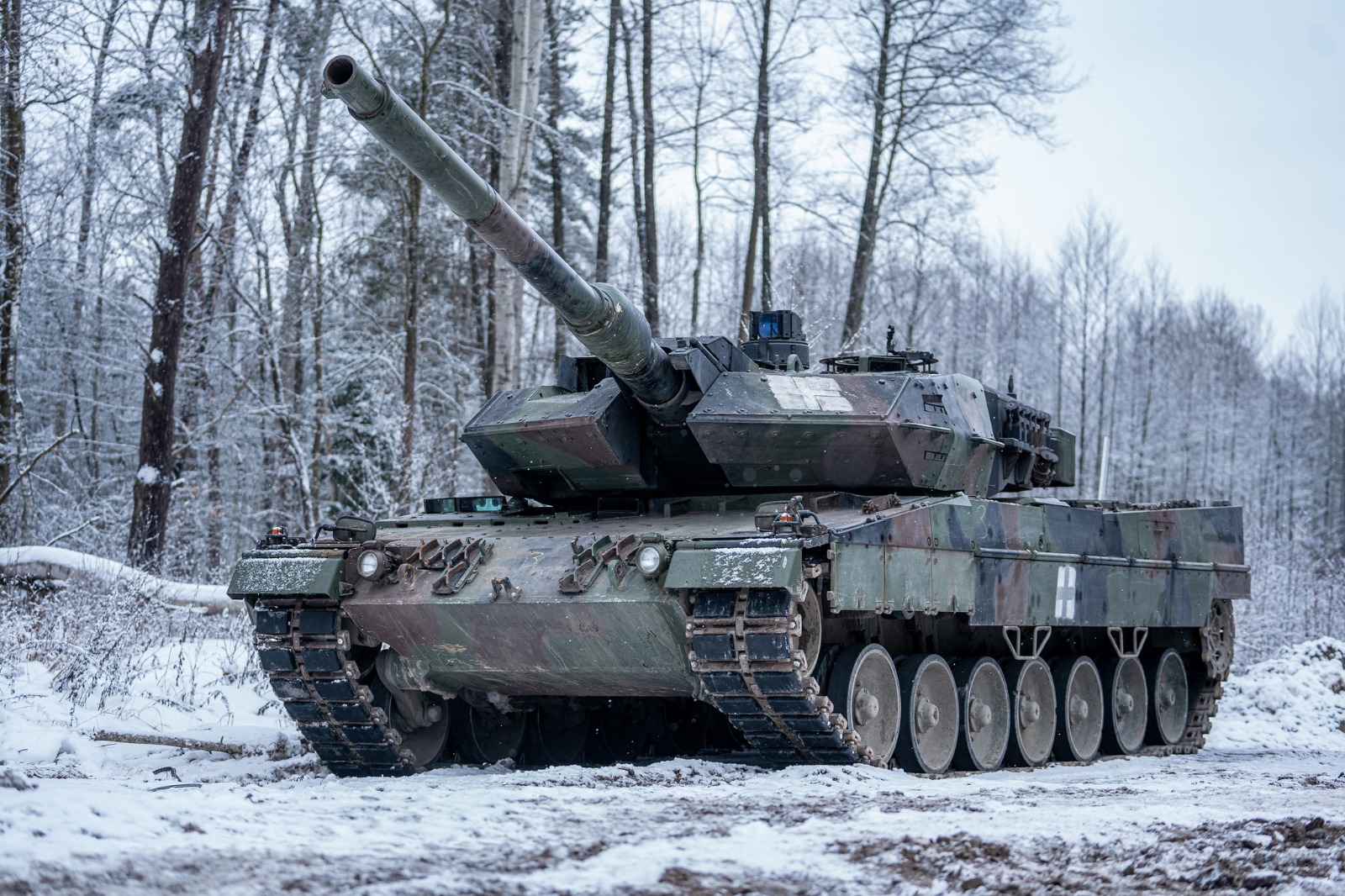A German defense firm is establishing a repair center in western Ukraine dedicated to refurbishing various German armaments and military equipment, including Leopard 1 tanks, currently used by the Ukrainian Defense Forces.
Marcus Faber, a member of the German Defense Committee and the Bundestag, announced this development on X (formerly Twitter) on January 9.
The repair center, built by FFG (Flensburger Fahrzeugbaugesellschaft), will primarily focus on armored equipment requiring maintenance, particularly those supplied by Germany.
This move is expected to significantly enhance Ukraine’s operational efficiency by eliminating the need for expensive and time-consuming equipment transportation abroad, allowing the Armed Forces to conduct on-site training for their mechanics.
Faber emphasized the positive utilization of German taxpayers’ money during his site visit, affirming that the value of German military aid is effectively upheld by establishing the repair center.
Liebe Freunde,
im Westen der #Ukraine errichtet die #FFG – Flensburger Fahrzeugbaugesellschaft ein Instandsetzungshub für reparaturbedürftige Panzerfahrzeuge – wie den von ihr gelieferten #Leopard1. pic.twitter.com/p7qv8I64OX
— Marcus Faber (@MarcusFaber) January 9, 2024
While the complete list of armaments slated for maintenance remains undisclosed, Faber cited Leopard 1A5 tanks, currently used by the Ukrainian military, as an example.
The repair center’s capabilities are speculated to encompass a broad range of weaponry, including engineering machines such as Wisent 1, 2A1 Dachs, and IRIS-T launchers.
Notably, 99 Leopard 1A5DK tanks, previously stored by FFG, are slated for transfer to the Ukrainian Armed Forces.
In July 2022, the Ukrainian Ambassador to Germany, Oleksiy Makeev, shared a photograph suggesting the establishment of a collaborative venture involving the German firm FFG and the Ukrainian military-industrial complex.
The entity, FFG INDUSTRIES UKRAINE LLC, had been officially registered one day before Makeev’s announcement.
FFG had also communicated details about a “special cooperation agreement signed with the Agency for Defence Procurement.”
This agreement aimed to enhance Ukraine’s defense capabilities, support mobilization efforts, and strengthen safeguards against emergencies, national security threats, and defense challenges.
Challenges Surrounding Upkeep Of Leopard Tanks
Addressing the repair of Western equipment in Ukraine is crucial, considering the logistical challenges, high costs, and time-consuming nature of sending damaged equipment abroad.
This becomes particularly significant, especially when the Ukrainian military urgently requires the equipment back in service. The persistent maintenance problems with the German-supplied Leopard tanks have been a cause for particular concern.
When Allied governments celebrated their achievements last spring in securing deals to donate tanks to Ukraine, numerous defense experts underscored the formidable challenge of maintaining the operational readiness of these armored vehicles under wartime conditions.
In a recent disclosure, Sebastian Schäfer, a German lawmaker pivotal in defense budget decisions, revealed that only a limited number of the modern Leopard 2 tanks provided by Germany to Ukraine are presently operational.
The primary factor contributing to this operational shortfall is the shortage of essential spare parts required for repairs.
Furthermore, efforts made by Ukrainian forces to carry out repairs have, in certain instances, worsened the damage to the Leopard tanks.
Before that, Ukraine turned down 10 Leopard 1 tanks due to their deteriorated condition upon arrival and the technical difficulties associated with repairing them.
Even before Germany committed to dispatching Leopard tanks to Ukraine, the head of German military manufacturer Rheinmetall also said there was a need to dismantle and rebuild stocks of Leopard 1 and Leopard 2 tanks.
Reports also indicated that many of the 18 Leopard 2 tanks provided by Germany suffered significant damage during battles. Nonetheless, despite the opening of the repair center, some parts remain in short supply.
Last year, Canada’s Department of National Defence (DND) acknowledged in a written statement that the shortage of spare parts impacts Ukraine.

The Department also said that several Leopard 2A4 turret components are no longer being produced, resulting in extended lead times for various essential components, including engines, transmissions, and optical parts.
DND also highlighted that the conflict in Ukraine has prompted a prioritization of European countries in the supply chain, with the global Leopard supply chain redirecting its emphasis towards fulfilling orders for newer variants.
Furthermore, in most cases, companies are hesitant to surrender their intellectual property (IP) rights, opting to retain control or, at the very least, uphold some control through licensing.
The announcement of the construction of a repair center in Ukraine for Leopard tanks appears to be a logical step in addressing maintenance needs.
However, the persistent issue of the ongoing shortage of spare parts raises substantial concerns about the future operational effectiveness of the Leopard tank fleet on the battlefield.
- Contact the author at ashishmichel(at)gmail.com
- Follow EurAsian Times on Google News